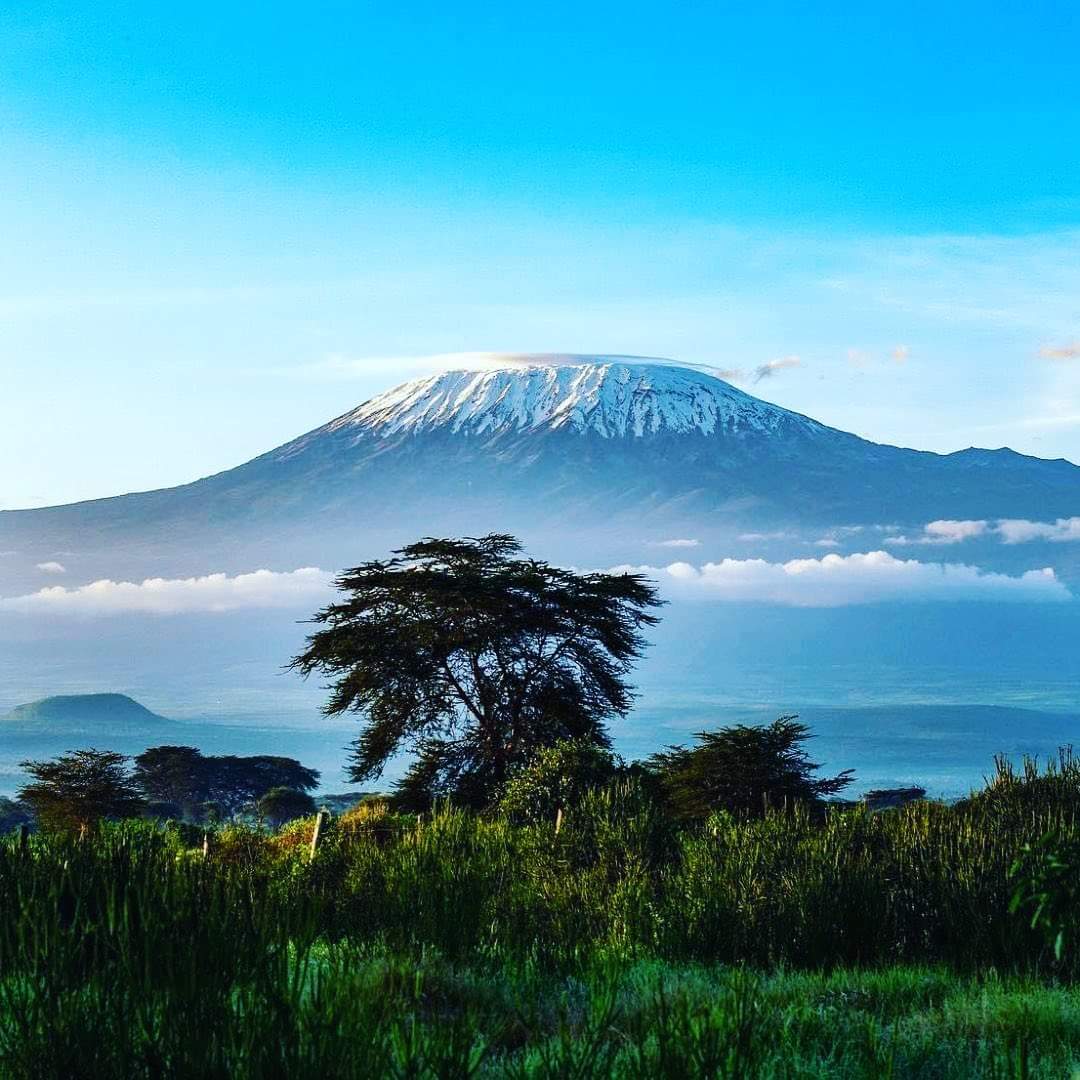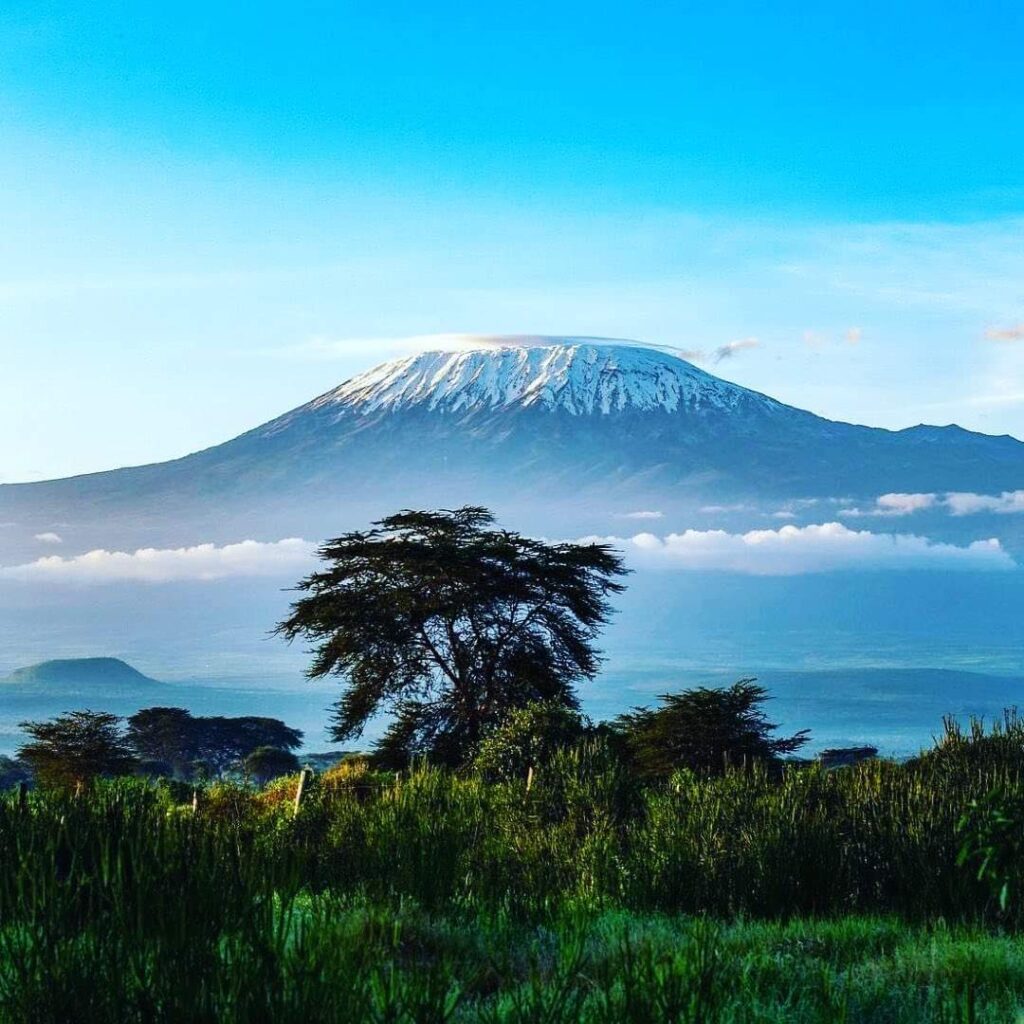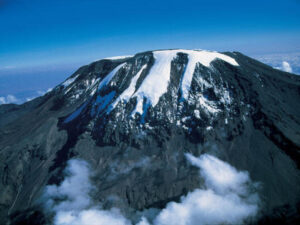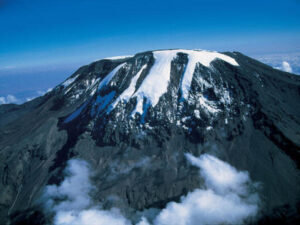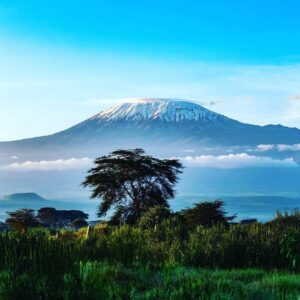- Overview
- Trip Outline
- Trip Includes
- Trip Excludes
- Gallery
Kilimanjaro translates to “mountain of the springs” and its unique position just below the equator offers an opportunity to experience five different habitats from bottom to top, which makes an ascent of the mountain undeniably special. In a matter of days you’ll climb Kilimanjaro from the equator to what feels like the Arctic, moving through grasslands, tropical rainforest, alpine meadows, moorlands and desert uplands to snow and ice.
One of the most commonly asked questions we get is What to Wear on Kilimanjaro? It's really important that you look at our Kilimanjaro Kit List but be assured that you don't need to spend a fortune on kit when you can rent sleeping bags, trekking poles and many other items from us. In the more information section on this site you will also find details on Kilimanjaro Trip Preparation.
EXPERIENCED KILIMANJARO TOUR OPERATOR
We’re a company run by mountaineers so you’ll find safe itineraries, safety measures and training for all our staff. Our office crew are outdoors people with a wealth of experience on Kilimanjaro, and they also remember what it’s like to dream of a climb to the roof of Africa! They can answer your questions and help put the whole trip into perspective. So don’t be afraid to call us for a chat or drop us an email with any questions.
Our local guides are really lovely people who are qualified and very experienced. For many years we've been taking groups from all over the world up Kilimanjaro, including Irish and UK walking clubs, schools and universities and even record breakers to the summit. We have to date had five clients propose to their loved one on reaching the summit, taken the youngest British person to the summit and our Kilimanjaro acclimatisation programme has given us an average 95% success rate to reach the highest point in Africa.
FITNESS AND ALTITUDE SICKNESS ON KILIMANJARO
No doubt the trek is challenging and you are going to extreme altitude, however, the pace is slow due to going to altitude, which often surprises people, but it's essential for a safe and successful ascent. We have a page on training for Kilimanjaro but generally we would recommend practising by hiking on the hills with a backpack on for at least several months prior to the trip.
When you start to look at altitude and altitude sickness and what it can do to your body, people do get concerned, however our policy of taking a minimum of seven days allows you to acclimatise well. There are also info pages about health and altitudes effects on your body and acclimatising safely, plus details about whether you should use the altitude drug Diamox on Kilimanjaro.
Sunrise on summit day looking down from the edge of the main crater rim, to the lower summit of Mwenzi Peak
BEST TIME TO CLIMB KILIMANJARO?
The main seasons are traditionally December to March and June to October with temperatures in Moshi averaging 22 degrees C and summit temperatures around - 7 degrees C. The rains are in April, May and November but nowadays climate change has changed this pattern so sometimes the rains come earlier or later. During the rains we run our Rongai climbs as the northern side of the mountain is more sheltered.
A full moon climb of Kilimanjaro, or indeed a new moon climb, is often a popular time to climb. Summit night can be spent walking under the light of a full silvery moon so that you don't even need a headtorch; or, since Kilimanjaro is situated on the equator, under a full sky of both north and south constellations. In fact from high up on the peak you can see the North Star and the Southern Cross in the same sky. If you want to avoid the busier nights on a full moon then we recommend that you offset your summit night. There can be no doubt that on certain nights the summit route can be very busy with a lot of people leaving camp at the same time and initially creating a bottleneck. These groups spread out fairly quickly though.
.
Itineraries
Routing 1
Climb Kilimanjaro Machame Route
The Machame route on Kilimanjaro is a seven day camping route which allows for excellent acclimatization and particularly diverse scenery. It has been called the Whiskey route in the past and nowadays about 35% of all climbers on the mountain use it.
From the start you will be speaking with experienced people who have climbed Kilimanjaro many times, including Gavin Bate who has been leading groups on the mountain regularly since 1994 and is always on hand for advice. We can give you an honest appraisal of the climb, about training for the mountain and what clothing and equipment you will need to buy or rent. This personal service extends to our staff in Tanzania where AA Tanzania coordinator Castro Kapela will meet you and give a team briefing along with our guides.
Routes 2
Mount Kilimanjaro Lemosho Route
We offer a seven day and an eight day climb to the summit of Kilimanjaro using the Lemosho route. Both offer good acclimatisation and wonderful views enroute. This route has a beautiful approach through the forest on the first day through the Lemosho Glades from the west before joining the Machame trail at the Shira Plateau and contouring around the dramatic southern flank of the mountain via Barranco Camp, Karanga Camp and then on to Barafu camp for the summit push. The descent is via Millennium Camp and through Mweka Gate.
Route 3
Mount Kilimanjaro Rongai Route
The Rongai route on Mount Kilimanjaro is a seven day camping route; it has the attraction of being a lower traffic and easier route compared to the southern slopes for climbing Kilimanjaro. It attracts about 10% of visitors to the mountain. The route is really a complete traverse, the only one to experience the arid northern side and the lush southern side. It's also known as the Loitokok Route.
Route 4
Kilimanjaro Northern Circuit Route
The Northern Circuit Route is the longest route on Kilimanjaro, a nine day trip initially ascending Lemosho route on the western side of the mountain up onto the Shira Plateau before reaching the Lava Tower, then heading north and circumnavigating the main summit massif in a clockwise direction and joining up with the Rongai route. The summit is then climbed from the eastern side of the mountain and the descent is straight down via the southern Mweka route.
Understandably this is also known as the Grand Traverse or the 360 Route and offers the complete Kilimanjaro experience in terms of all the habitats and the views of the mountain from all sides. The longer journey has excellent acclimatisation and stunning scenery with views across the southern flanks, western forests, the northern plains to the Kenyan border and the arid eastern slopes. The paths are comparatively quiet and less used.
Also the altitude gain each day is less than on other routes, with a gentle gradient until reaching Kikelewa or Third Caves camp, therefore over nine days the likelihood of altitude sickness is significantly less. Yet the overall length of the route is 96 kilometres, not much more than the other routes. An alternate route which summits directly up the northern slopes from School Hut is about 79 kilometres.
- Activities & transport as in full itinerary
- Full-service alpine camping
- Professional local staff with fair salaries
- National Park fees
- Local English speaking guides
- Porters and cooks
- Oxygen cylinder
No details found.

